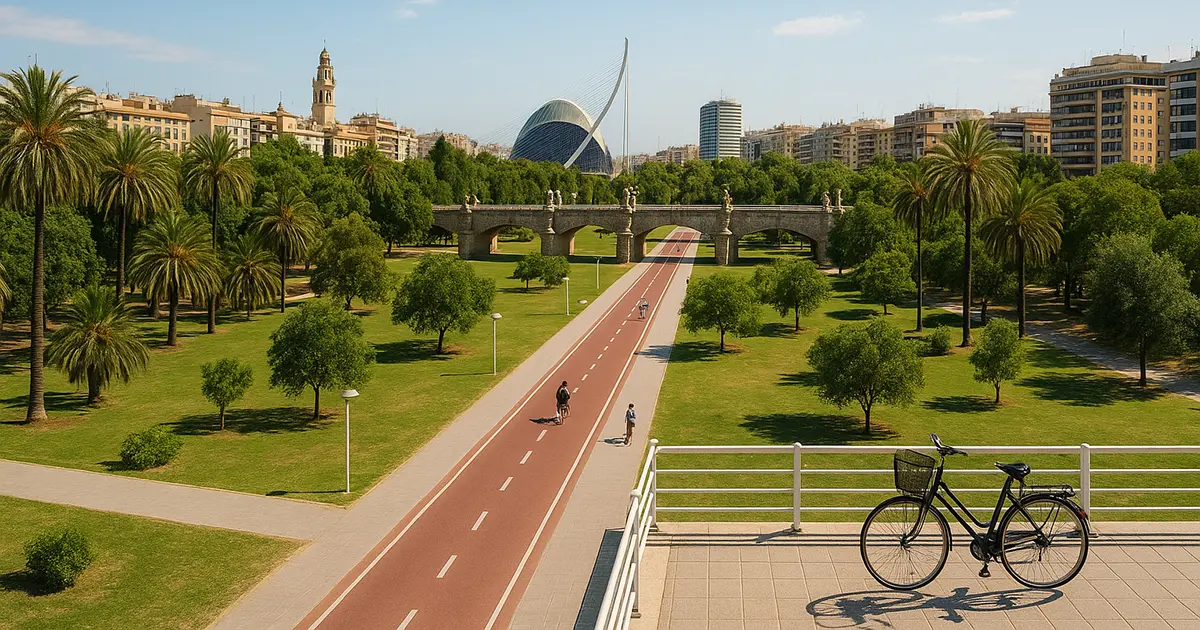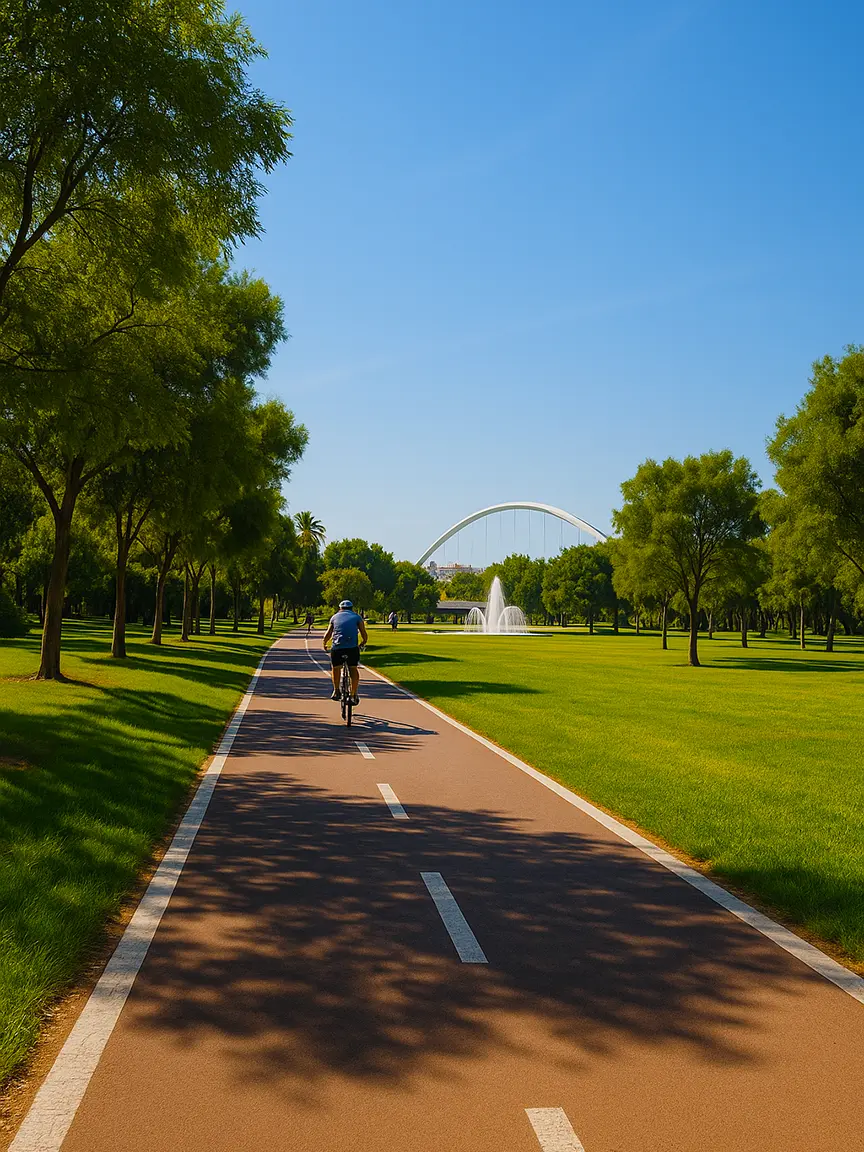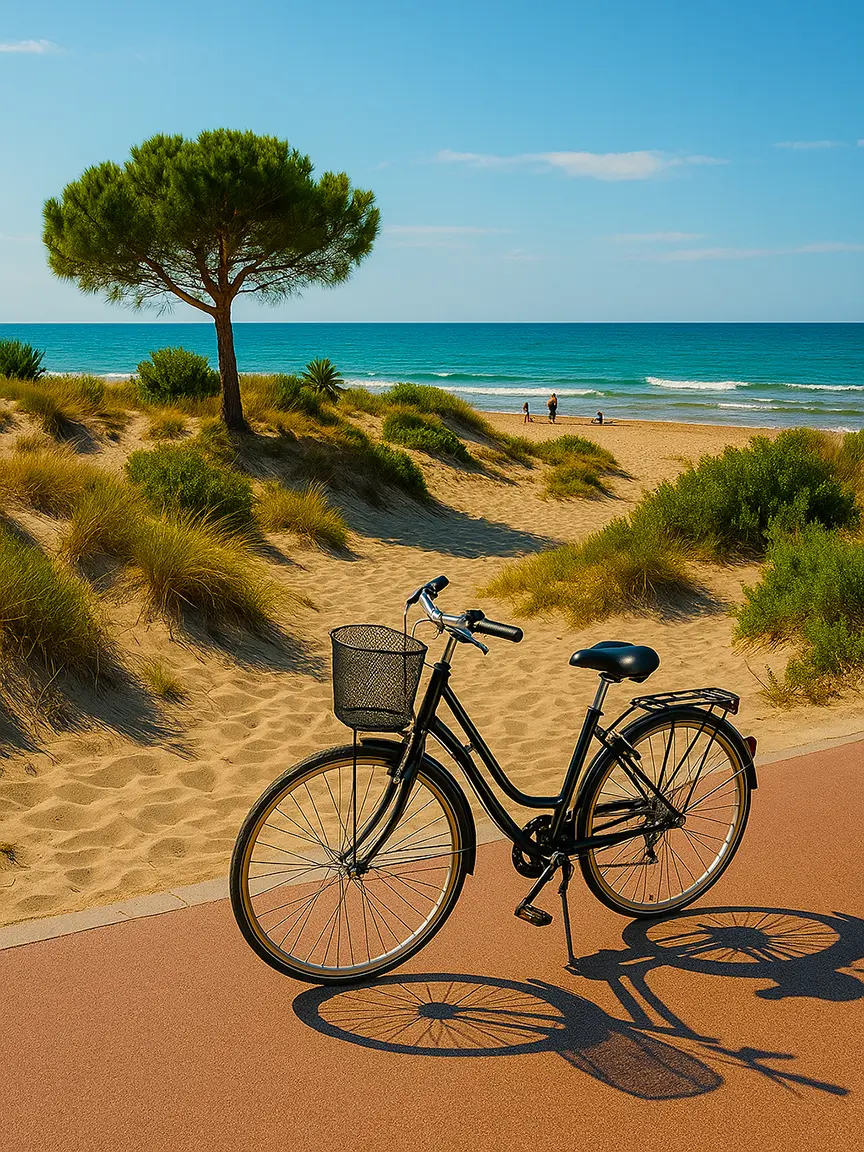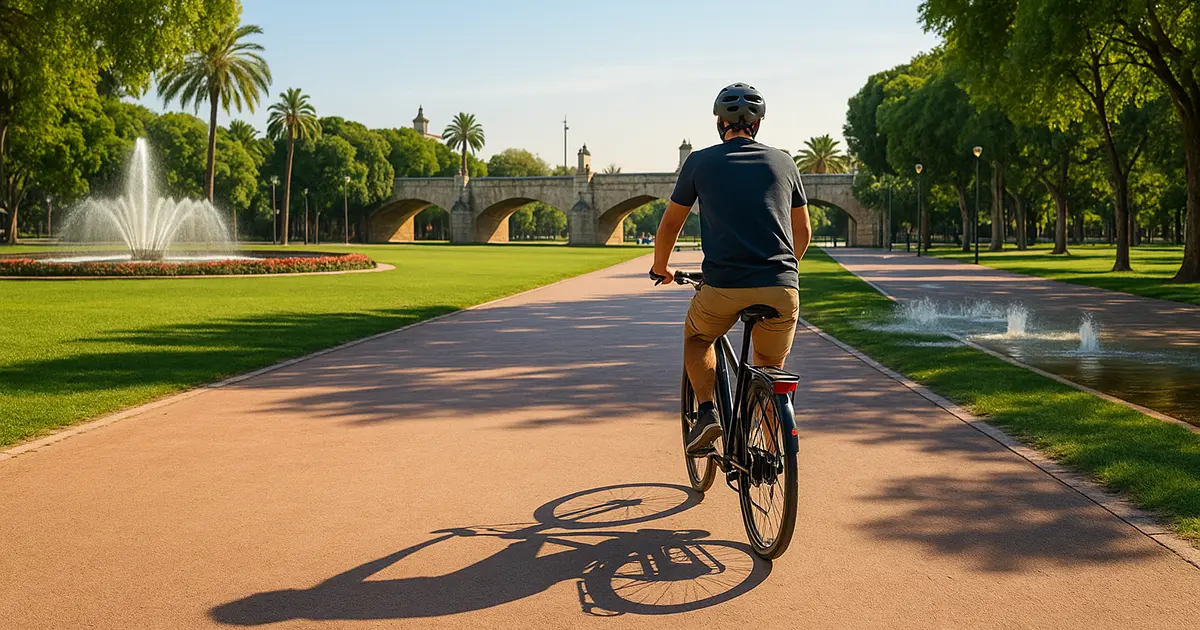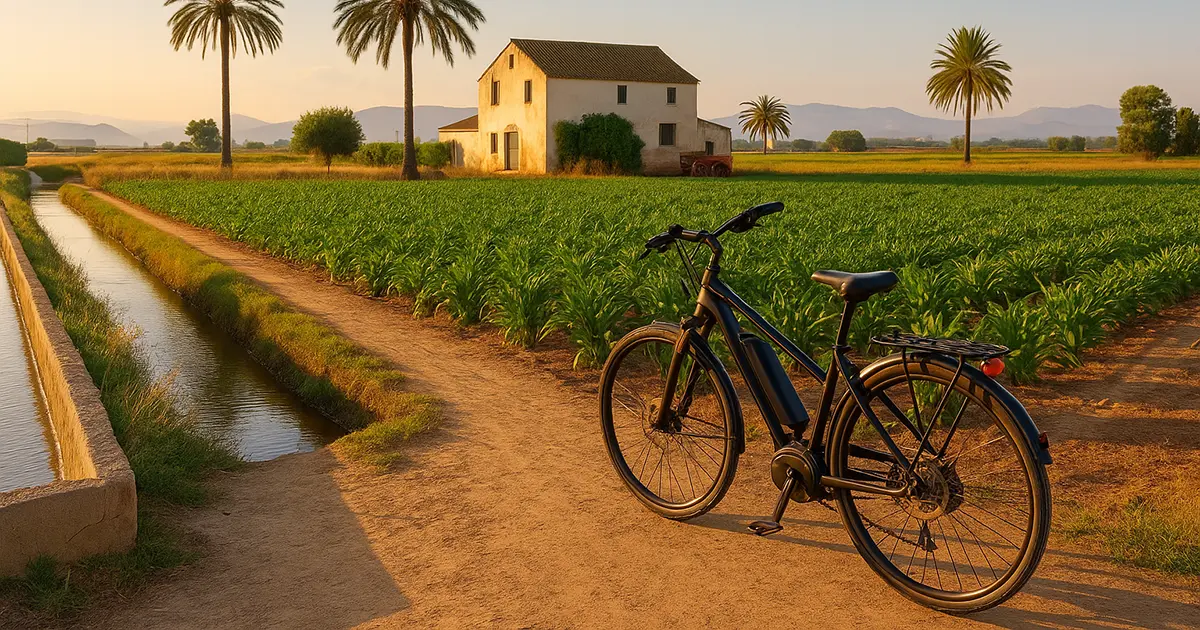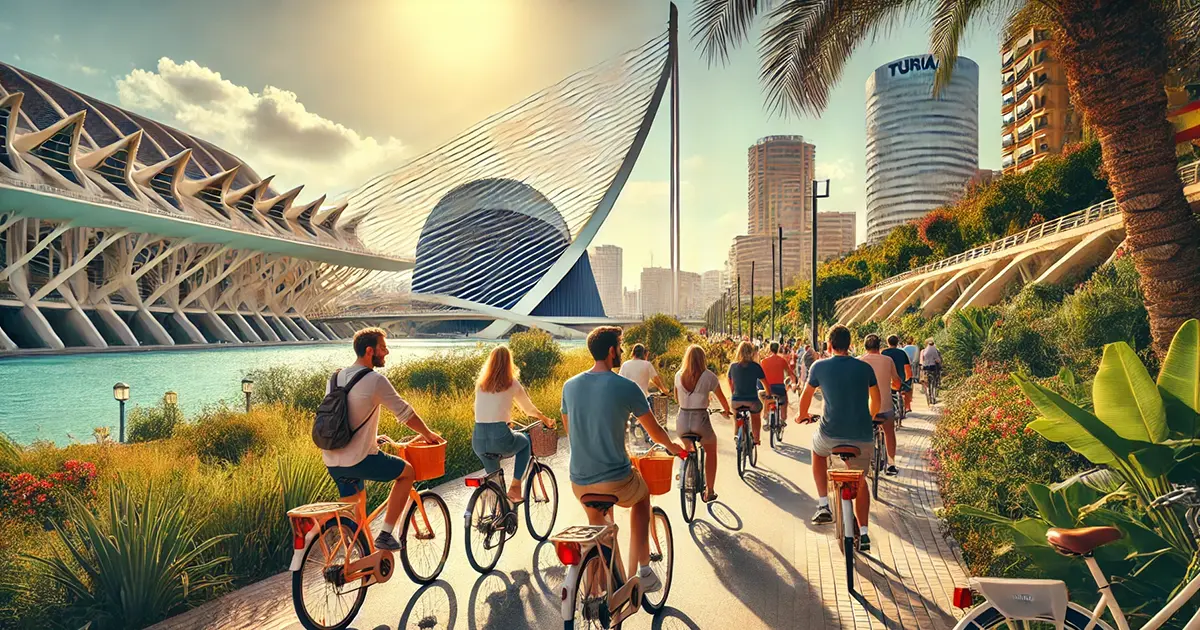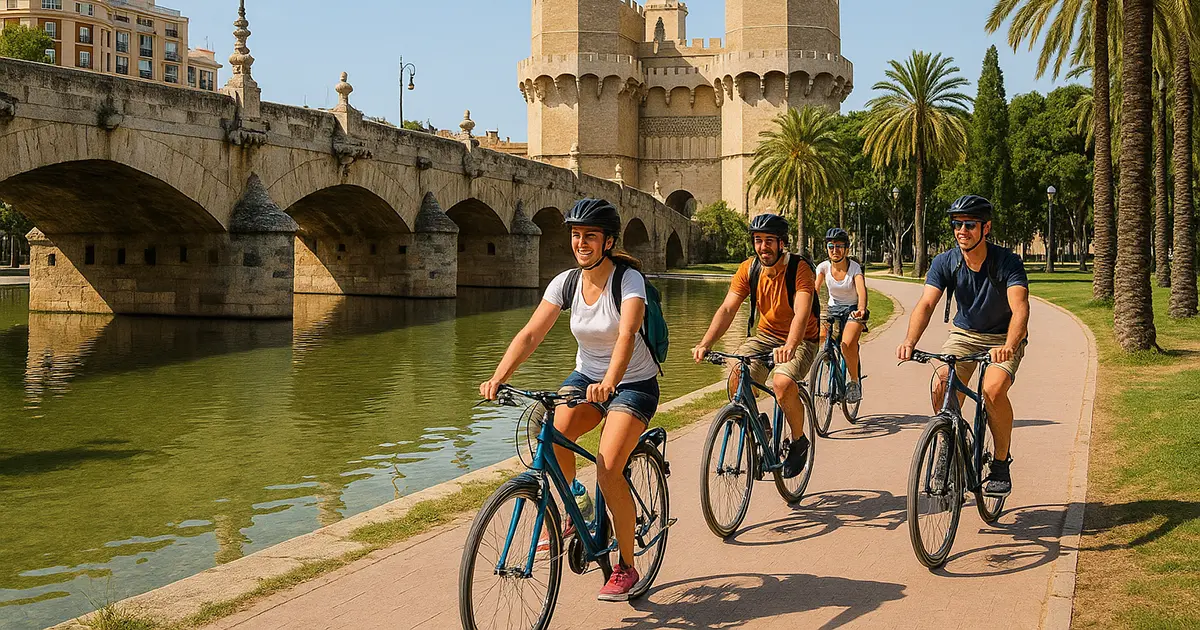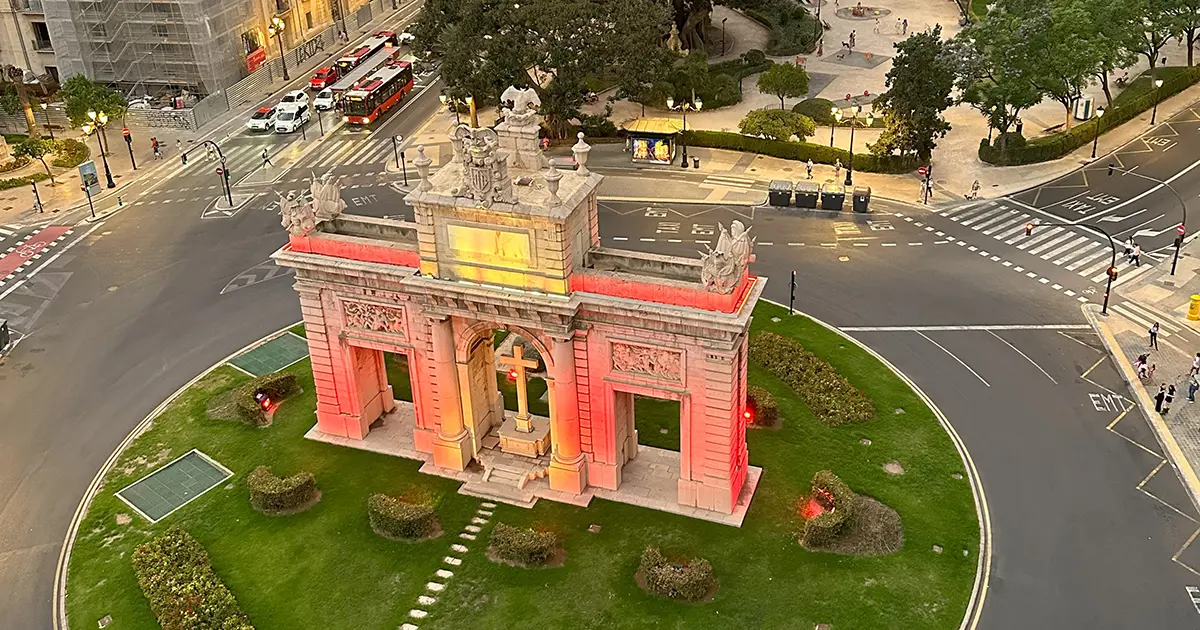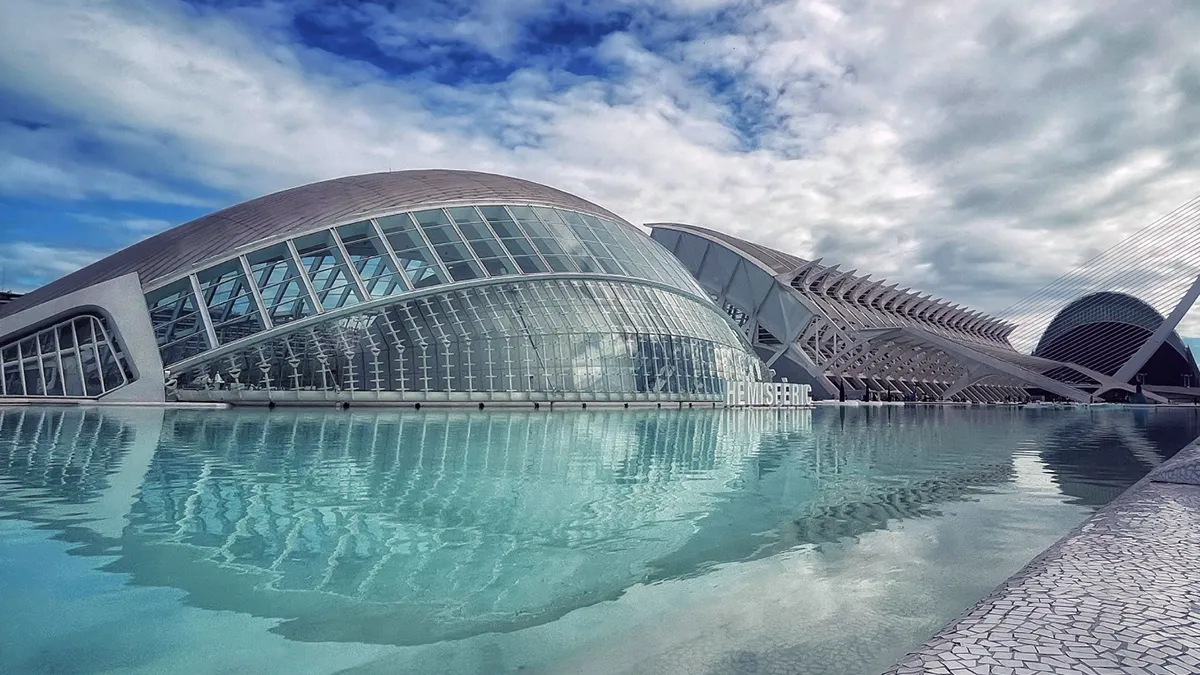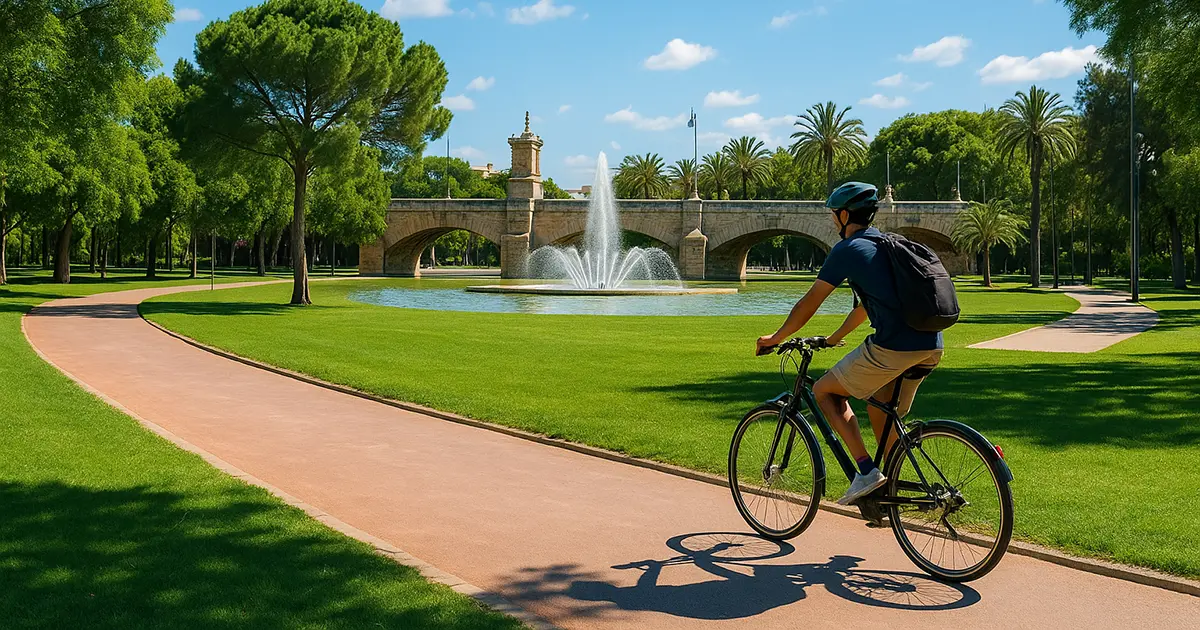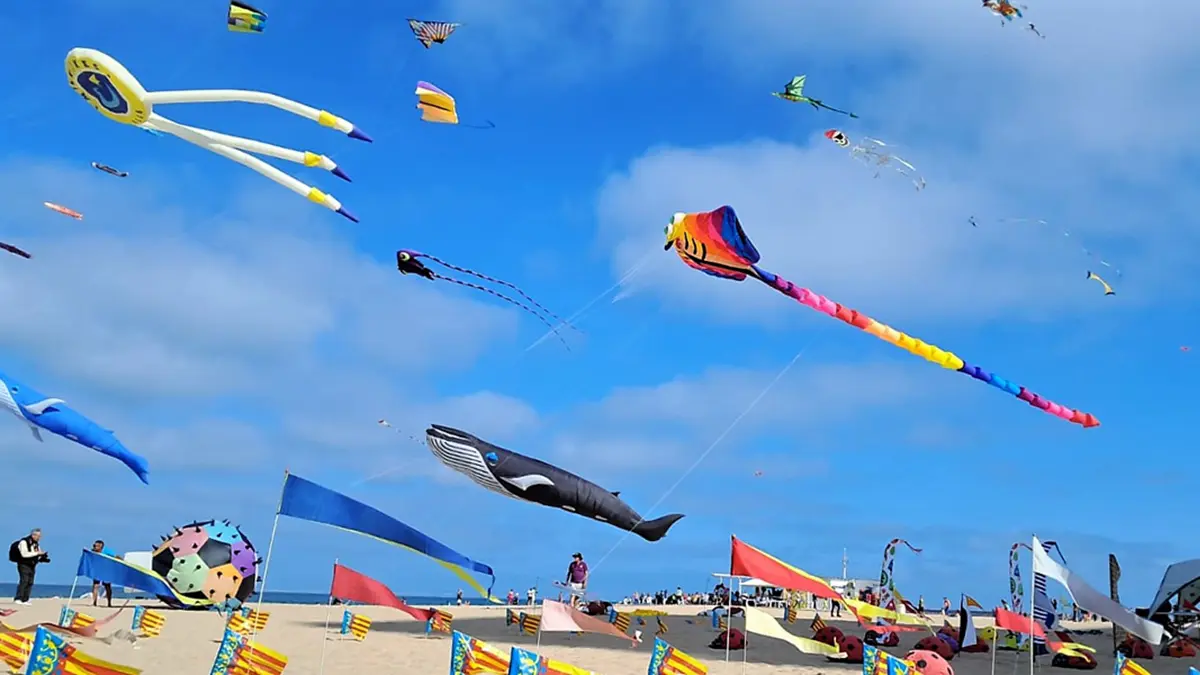Valencia, Spain’s sun-drenched Mediterranean gem, has become more than just a city of history, culture, and paella. In recent years, it has gained international recognition as one of Europe’s most bike-friendly cities, attracting cyclists from around the world. With its flat terrain, extensive network of bike lanes, and commitment to sustainable transport, Valencia bike-friendly city is redefining urban mobility.
A City Designed for Cyclists: Quick Facts
- Over 160 kilometers of dedicated bike lanes across the city.
- Cycling has increased by 40% over the last decade.
- The city’s public bike-sharing program, Valenbisi, boasts more than 275 stations and over 7,500 bikes.
- Voted one of Europe’s “Best Cities for Cyclists” by platforms like Copenhagenize Index and European Cyclists’ Federation Reports.
- In 2025, Valencia ranks third in Spain for total cycling infrastructure, after Barcelona and Seville.
How Valencia became bike-friendly: A Brief History
Valencia’s cycling revolution didn’t happen overnight. In the past, like many Mediterranean cities, it faced congestion, pollution, and a car-dominated urban layout. The turning point came in the 1980s when the Turia River, which had been diverted after catastrophic floods, was transformed into the now-famous Turia Gardens — a sprawling green corridor stretching nearly 9 kilometers through the heart of the city.
This transformation became the backbone for Valencia’s cycling infrastructure. As the city grew more environmentally conscious, urban planners began expanding bike lanes, pedestrian areas, and car-free zones, paving the way for the vibrant cycling culture seen today.
Modern Valencia: Cycling Infrastructure Today
Today, Valencia offers cyclists an impressive, well-connected network of bike lanes, separated cycle paths, and traffic-calmed streets. Notable developments include:
- A continuous bike lane loop around the entire city center.
- Dedicated cycling routes along the beaches and the Turia Gardens.
- Safe, scenic paths connecting the city to Albufera Natural Park, ideal for nature-loving cyclists.
- Integration with public transport, allowing easy bike access across the metropolitan area.
- Ongoing €35 million investment plan announced for 2024–2026 to expand protected lanes and improve cycling connections to outlying districts.
The city’s commitment to sustainable mobility has earned it international awards and recognition as a role model for other European cities.
Why Tourists Love Cycling in Valencia
Valencia’s charm isn’t just for locals. Visitors from across the globe quickly discover why exploring this city by bike is so popular:
- Flat, easy terrain ideal for all skill levels
- Access to top attractions like the City of Arts and Sciences, beaches, and historic districts
- Year-round mild weather perfect for outdoor activities
- Affordable bike rentals and guided tours (including trusted options like Bikes & Tours Valencia)
- Direct cycling routes to Albufera Wetlands, Valencia’s most iconic natural escape
With bike lanes extending even to nearby natural parks, you can combine city sightseeing with peaceful coastal or countryside rides.
Top 5 Reasons Valencia Attracts Cyclists Worldwide
- Largest connected urban green area in Spain: the Turia Gardens
- Rapid growth in cycling infrastructure without sacrificing historic charm
- Coastal location with beachside cycling routes
- Integration of cycling into daily local life, not just tourism
- City commitment to becoming carbon-neutral by 2030, heavily promoting cycling
Challenges & What’s Next
Despite its success, Valencia continues to improve. Some outer neighborhoods still lack seamless connections, and cyclists occasionally face conflicts in shared spaces. However, the city has ambitious plans:
- Extending bike lanes to peripheral districts
- Improving cyclist safety with more protected routes
- Increasing awareness campaigns for locals and visitors alike
- Supporting community-led cycling events and eco-initiatives
- Launching smart bike parking solutions in key city areas
Conclusion
Valencia’s journey from car-clogged streets to a cyclist’s paradise shows how urban spaces can evolve. Today, it stands as a shining example of how cities can balance modern living with eco-conscious transport. Whether you’re a passionate cyclist, a curious tourist, or someone seeking greener ways to explore, Valencia invites you to discover its bike-friendly spirit — one pedal at a time.
Discover Valencia bike-friendly city on two wheels with trusted local experts at Bikes & Tours Valencia.
